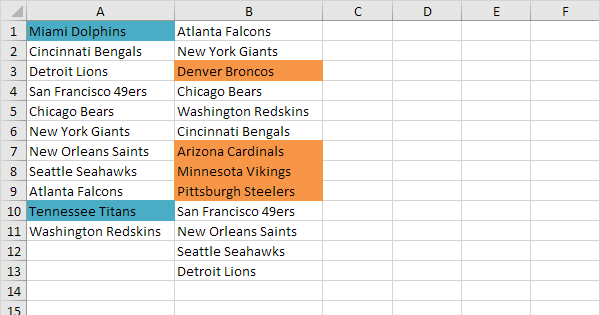-
How To Compare Two Sound Files In Java카테고리 없음 2020. 2. 29. 16:49
Phase reverse mix.that sounds like inverting one of the files (changing it's phase 180 degrees) and then adding the two waveforms together (mixing).It'll only work well if your wav files are sample for sample aligned. One sample off and you'll get noise.EAC (exact audio copy) will compare wavs and give you an interesting report.
It does a good job. It won't tell you why the samples are different (for example, one wav could be 1/10 dB louder than the other. You won't hear it, but there's no way you can mathematically compare them and get that answer)Hope this helps. Phase reverse mix.that sounds like inverting one of the files (changing it's phase 180 degrees) and then adding the two waveforms together (mixing).It'll only work well if your wav files are sample for sample aligned. One sample off and you'll get noise.EAC (exact audio copy) will compare wavs and give you an interesting report.

Fingerprint Audio

It does a good job. It won't tell you why the samples are different (for example, one wav could be 1/10 dB louder than the other.
You won't hear it, but there's no way you can mathematically compare them and get that answer)Hope this helps. To align the tracks, I always choose a good visible peak.I use Audacity, so I then put that peak on some visible repeatable boundary that has a tick mark on the top time ruler. Then I find the same peak on the other wav and move it to the same point.Oh, and then I zoom in and repeat, until I get down to samples. Sometimes I have to do it a couple of times because I lose the peak off-screen.That works for me.Anybody know an editor that allows superimposition of tracks rather than cascading them (like most photo editing software when positioning a pasted graphic element.).
How To Compare Files In Two Folders

Click to expand.Nope. I've used at least nine or ten different DAWs over the years, and none of them allowed actually superimposing the waveforms. Trust me, it's very easy just to align a sharp peak (like a cymbal hit, magnified down to the smallest sample size). Between two tracks, or two sets of tracks.If there's a TIME difference between the track - for example, if the speed is off by.01% on one of them - then they'll drift and you won't get a perfect cancellation. And if the EQ is off, they won't cancel, either. Level you can adjust, but it's tricky; if one used more compression than the other, it ain't gonna work. I've used at least nine or ten different DAWs over the years, and none of them allowed actually superimposing the waveforms.
Trust me, it's very easy just to align a sharp peak (like a cymbal hit, magnified down to the smallest sample size). Between two tracks, or two sets of tracks.If there's a TIME difference between the track - for example, if the speed is off by.01% on one of them - then they'll drift and you won't get a perfect cancellation. And if the EQ is off, they won't cancel, either. Level you can adjust, but it's tricky; if one used more compression than the other, it ain't gonna work. Click to expand.That's how I do it now, it gets easier with practice.Now, I rather like speed differences. To me it screams 'we used a different tape transfer' and so can make things interesting to the forum members.
(I have several early european discs of US releases that clearly don't run at the same speed as the US originals, and also sound different) Loading them up and playing them from the start shows this pretty quicklyThe Japan for US and Vertigo WG swirl copies of Making Movies I had for sale are not 'digitally identical', but sound similar (differences are of the same order as copying to CDR, not huge at all but there). Doing a waveform sync showed that while the samples clearly weren't identical, the waveforms matched very well visually. I concluded that one or the other or even both had been made 'non bit perfect' at some point in the manufacturing, as mentioned by many industry people here and elsewhere, but that both came from the same digital transfer.
This could be a tiny bit of eq, noise shaping, or just a level change. Or it could happen invisibly inside the CD making box.FWIW the Vertigo Swirl is closest sounding to my favorite (US vinyl cut at Sterling)It's interesting that doing two d-a conversions from the same analog source, even with the music synchronised and all the same settings, will yield a completely different file. Yet the playback of both will be indistinguishable.